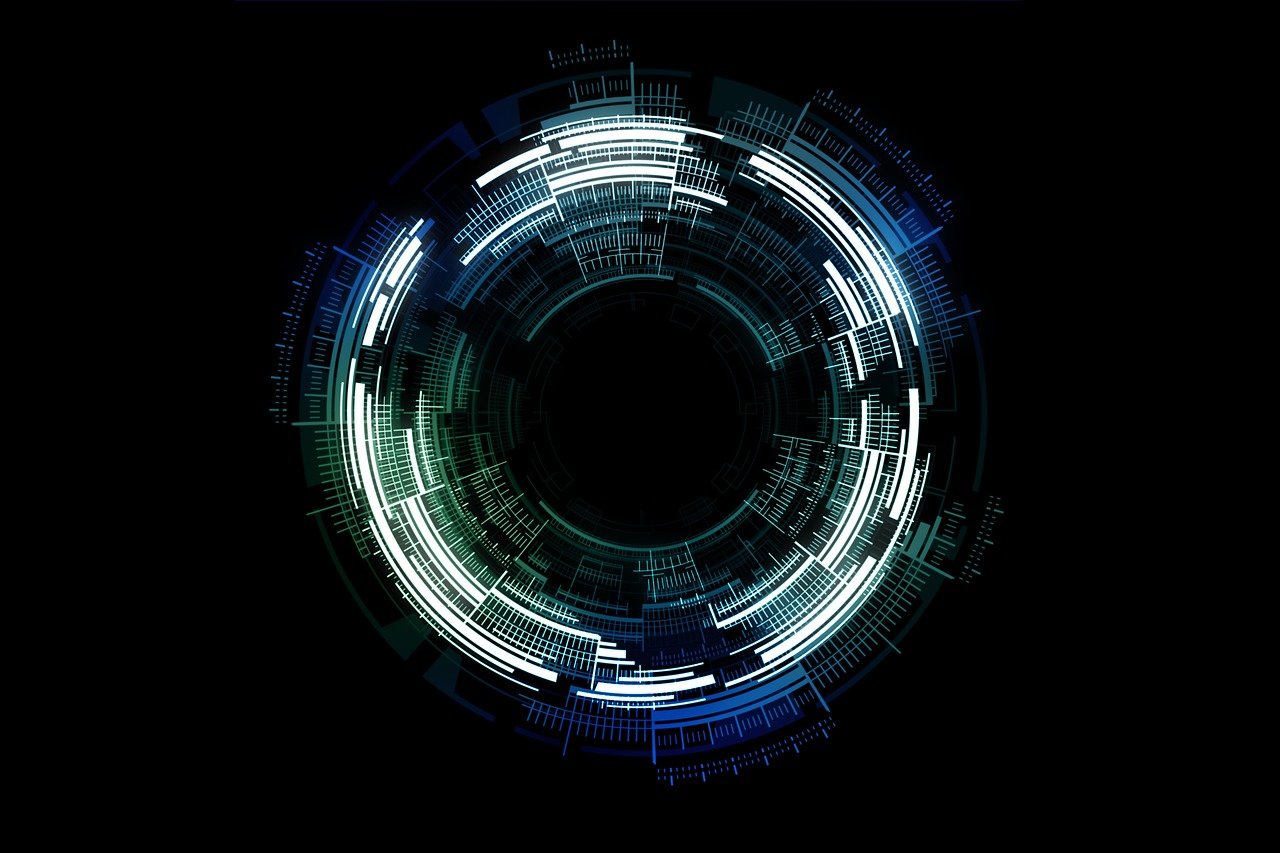RapidIO is a favorite interconnect in military applications and wireless base stations, where large data streams must be transported in a meshed configuration (such as DSP clusters) over short distances in real time without overhead. VMETRO, Norway, has recently introduced three high-performance VPX boards, all with RapidIO interconnects. They are used in applications such as distributed multiprocessing Intelligence, Surveillance, and Reconnaissance (ISR) or high-volume data traffic in real time. VMETRO currently offers four VPX and two VXS boards featuring Serial RapidIO.
RapidIO European event
The RapidIO Trade Association held its European Design Summit event on May 21, 2008 in Munich. Due to a local holiday, this event partially overlapped the WiMAX World EMEA, which was located only a few hundred meters/yards away. Both events suffered because they occurred during a two-week spring holiday period. Despite these problems, the event was very informative, including intensive interaction between attendees, presenters, and exhibitors. Presenters included Tom Cox, executive director of the RapidIO Trade Association (RTA); Thomas Nygaard, VMETRO Norway; as well as European representatives from subsidiaries of CommAgility, Freescale, IDT, Mercury Computer Systems, Fabric Embedded Tools, Texas Instruments, Tundra, and Xilinx. Tundra was the main sponsor for the Munich event.
Tom Cox presented the status and roadmap of RapidIO. The current version of Serial RapidIO (V 2.0) was approved in June 2007. It does not specify physical interconnects, mechanics, or connectors. It is just a protocol standard, the only one of its kind approved on the international level (ISO/IEC 18372). Currently in many applications, a set of four RapidIO interconnects (x4) at 3.125 GHz is used and x1 channels are also popular. Cox announced that seven new members including GE Fanuc Intelligent Platforms, HDL Design House, Motorola, Nortel, Qualcomm, RMI Corporation, and Wintegra had recently joined the RTA.
Hannover gets industrial
The Hannover Industrial Fair, held April 21-25, 2008 was opened by German chancellor Dr. Angela Merkel and Shinzo Abe, former prime minister of Japan as Japan was this year’s partner country. The fair comprises 10 sections, some of which alternate between odd and even years. Comparing this year’s fair with the equivalent structured event in 2006, there were about 30 percent more visitors looking at what 5,100 exhibitors from more than 60 countries had to show. In a survey, exhibitors reported about 15 to 20 percent more leads this time, totaling about 3.2 million sales leads. About 180,000 of the 200,000 visitors were professionals, which is 25 percent more than last time. Automotive applications and saving energy were among the most important topics. Figure 1 shows the Hannover Fair site (photo courtesy of Technology Consulting, Germany).
There were various special events during the fair, including a job fair and robot competitions for high school students in a hall the size of several football fields. The young teams were busy making program and electronic changes to their robots between events. More than 20,000 young people participated in the robot competitions such as the RoboCup German Open, Youth Meets Industry, and TectoYou initiative events.
Additionally, the WoMenPower conference was held for the fifth time. Dr. Ursula von der Leyen, Germany’s minister for family affairs, opened this conference within the industrial fair, which has the same goals as Women@CeBIT. (See the April 2008 issue of CompactPCI and AdvancedTCA Systems magazine.) Topics were equal opportunity for men and women and a Girl’s Day to interest women in technical education and inform them of company efforts to support women with children; this is because Germany has an extreme shortage of engineers and skilled workers in technical trades. Other special events included Industrial PC and Infrastructure, Robotics Academy, Automation Technology Live, Open Source Meets Industry, and many more.
For more information, e-mail Hermann at [email protected].







